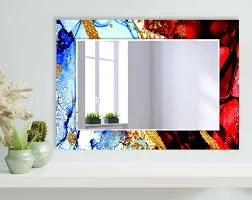

Float Glass Designs A Window to Infinite Possibilities
Float glass, a remarkable invention that has transformed the construction and design industries, offers versatility and a myriad of design opportunities. This flat glass, produced through the float glass process, is renowned for its clarity, uniformity, and smooth surface. These characteristics make it an ideal choice for various applications, ranging from architectural structures to decorative elements.
Float Glass Designs A Window to Infinite Possibilities
In addition to clear glass, tinted float glass is gaining popularity for its functional benefits and aesthetic qualities. Tinted glass can reduce glare, provide privacy, and control heat, making it an ideal choice for energy-conscious designs. Colors such as bronze, gray, and green can add a contemporary touch to buildings while seamlessly blending with the surroundings. This interplay between color and transparency opens a realm of creative possibilities for designers seeking to make bold statements or subtle enhancements.

Another exciting development in float glass design is the advent of textured and patterned glass. These variations not only serve decorative purposes but also offer additional privacy and light diffusion. Architects and interior designers often incorporate etched, frosted, or ceramic printed glass into their projects, creating dynamic surfaces that reflect light in intriguing ways. Such designs can evoke a sense of movement and depth, further enriching the spatial experience.
Moreover, the sustainability aspect of float glass cannot be overlooked. Many modern designs prioritize eco-friendliness, and float glass is 100% recyclable. By choosing glass as a primary material, architects can contribute to the reduction of environmental impact while also enhancing energy efficiency in buildings through improved insulation properties. Sustainable float glass, often produced using environmentally friendly methods, further amplifies this commitment to a greener future.
In the realm of interiors, float glass plays a pivotal role in furniture and decorative installations. Designers are increasingly using glass for tabletops, shelving, and even partition walls, which allows for continuity within a space and facilitates a seamless flow. The visual lightness of glass can make small areas appear larger while maintaining a contemporary aesthetic.
In conclusion, float glass designs represent a convergence of beauty, functionality, and sustainability. As designers continue to explore the endless possibilities presented by this material, we can anticipate even more innovative uses and creative forms in the built environment. Whether in towering skyscrapers or intimate residential spaces, float glass promises to be a significant player in shaping the future of architecture and interior design, inviting us to see the world through a clearer lens.